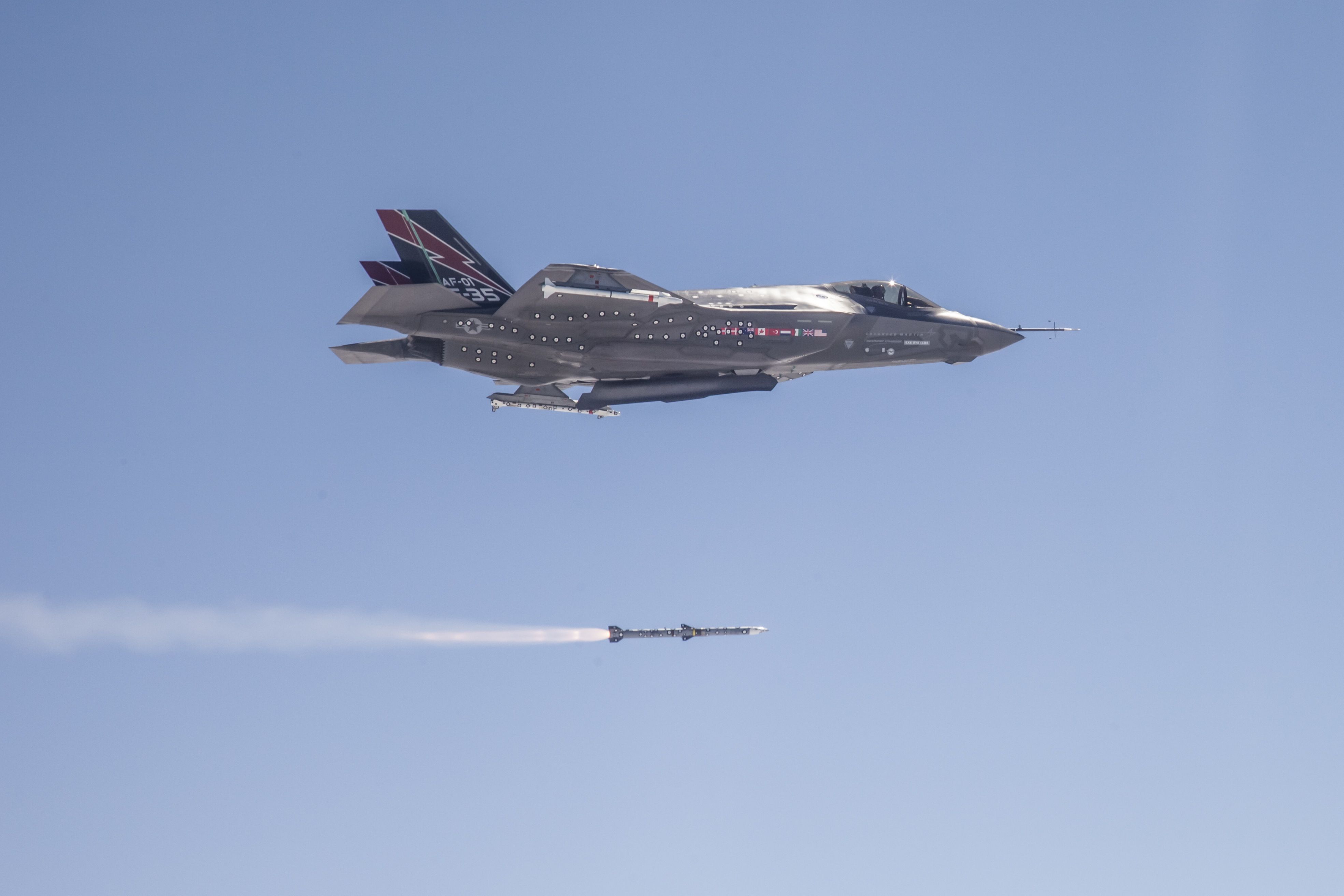Recent news in the Wisconsin State Journal, Cap Times, and on Channel 3000 highlighted a key finding of the Draft Environmental Impact Statement (EIS) just released on the proposed F35 fighter jets at Truax Air National Guard base: increased noise from the jets–over four times louder than the F16s currently operating at the base–will have significant negative impacts on low income and minority neighborhoods near the base.
This is a critical environmental justice issue, and we are glad that it was highlighted in the report and local news. However, the EIS report dismisses or ignores several other significant environmental and public health issues that will be exacerbated by the F35s–and will also disproportionately affect low income and minority neighborhoods close to the base: stormwater discharges of PFAS and a plethora of other toxic chemicals, the potential for crashes–leading to loss of life and more toxic chemical releases–air pollution, and many more.
As the Cap Times stated, the EIS report concluded that “there would be ‘no significant impact’ on air quality, safety, socioeconomics, water, soil, biological resources, or risk from hazardous materials at the site.”
Most of these “no significant impact” conclusions are based on little to no evidence, contradictory claims and/or vague assurances. Some are quite absurd. For example, addressing noise effects on wildlife (which are well documented in studies), the report admits that “noise levels would be expected to increase from the affected environment with the conversion to the F-35A aircraft” but that “these noise levels from operations and construction are not expected to impact wildlife in the area because they are likely accustomed to elevated noise levels associated with current aircraft and military operations.”
Wildlife won’t be affected by increased noise because they’re “likely” used to the existing F16 fighter jet noise? They really expect us to be assured by this laughably unscientific assessment?
The report didn’t address health effects of the numerous toxic chemicals discharged from the base (in groundwater, surface water, stormwater, and air) on people living near the base–or wildlife and fish–but if it did, perhaps it would use the same absurd logic and claim that they are “used to” these toxic chemical exposures, so any new contaminant releases from the F35s are A-OK?
MEJO raised extensive questions and recommendations about environmental justice, toxic chemicals, effects on wildlife, safety, and other hazards related to the F35s in our public comments for the draft EIS (written before the ANG report documenting the PFAS contamination on the base was publicly released). After the PFAS report was released, several Madison alders submitted comments outlining similar questions and recommendations, including some particular to PFAS. Many of MEJO’s and the alders’ comments were not adequately addressed in the EIS or were not addressed at all.
See all of our previous posts about the F35s here.


The F-16s sometimes fly over our house. They can be very loud. The apparently much louder F35s will bother the heck out of us; I can’t imagine that my wild neighbors will be any less bothered.